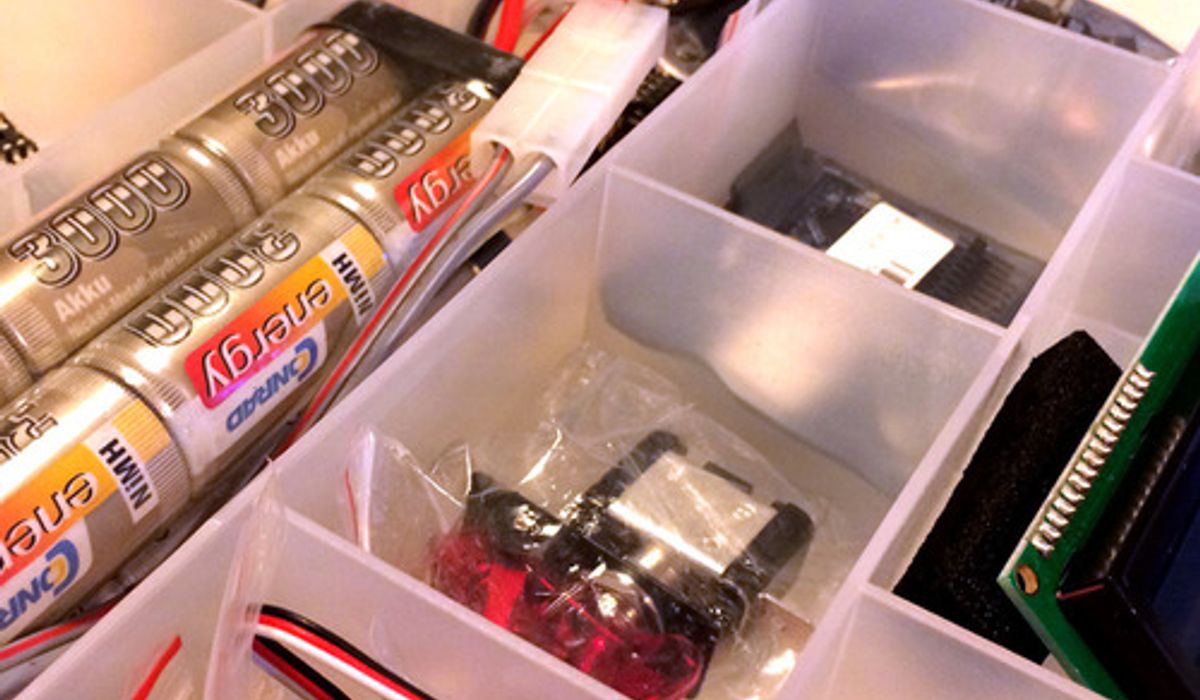When I still lived at my parents, I knew the way to my father’s ‘secret’ electronic ingredients stash. It was right across the hall. Now, although I like the fact of having my own house, it’s somewhat inconvenient to drive 30 minutes before I can loot some of his stuff.
Since I’ve rediscovered electronics, I’ve been doing my utmost best to to build up a decent inventory of parts that will are the core ingredients of my digital playground. It will both save me the 30 minutes drive, and the box of chocolates every time I need something …
During my search for the right parts and pieces, I stumbled upon some very cool and handy items. This week I’d like to share some of my favorites. But only If you promise to share your favorite parts in the comments!
Without further ado, I present you my unordered top 5 of stuff that kept my busy for too many nights:
1. Neopixels
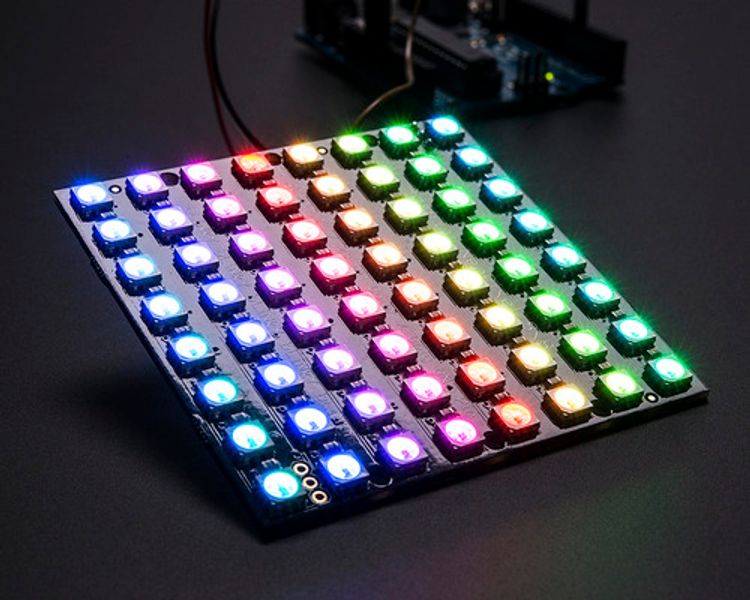
I think most of us started our electronics adventures with some LED’s. It gives the direct satisfaction of succes when the LED lights up. This adventure would continue with some buttons. Maybe some extra colors, and if you’re very privileged, some multicolored LEDs. With the advent of Arduino’s and Raspberry’s, controlling these led became a piece of cake, and allows you to build your own light organ in no time.
Neopixels take you to the next step by allowing you to individually control the brightness and color of a chain of LEDs. With a (theoretical) limit of 5050 LEDs per data line (One single digital out on an Arduino!), this is no less than awesome.
Adafruit sells these Pixels per piece, per strip, per circle, per board … actually, they sell it in almost any thinkable form. If you love colors or if you love LED’s, do not hesitate to try out these sweet little gems.
Check then out at Adafruit’s website: adafruit.com
2. The Arduino Nano Clones
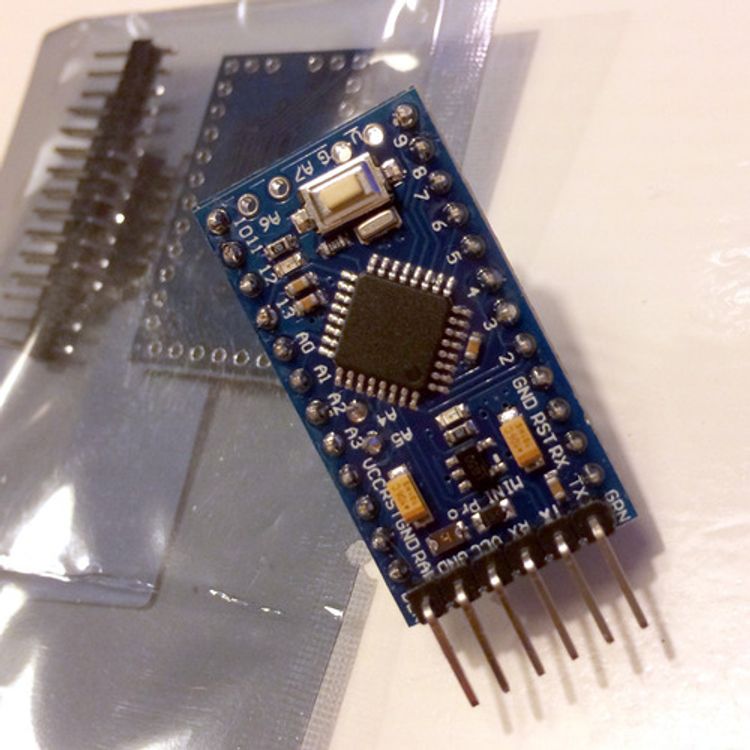
When I got my first Arduino, I was hooked. It is awesome. The only problem is that from that point on, you want equip everything you know with an Arduino. Just because you can. And although an Arduino Uno is pretty affordable, It’s still just a little bit too expensive and even a bit too big to use as a dedicated microcontroller for every new project.
Therefor, I was thrilled when I discovered the €2,95 Arduino Nano Clones on Bang Good. With this price, and it’s ridiculous small form factor (33mm x 18mm), there is no reason to not use this full blown Arduino as an dedicated micro controller for any project.
Don’t forget to that you need a USB2TTL cable to program them, but since these are only a few bucks as well, this is not a show stopper. Make sure you get one with an DTR pin. Check out this YouTube-video for more info.
Order the Arduino Nano Clones at BangGood: BangGood.com
3. The Tinyloadr Shield & Some ATTiny’s
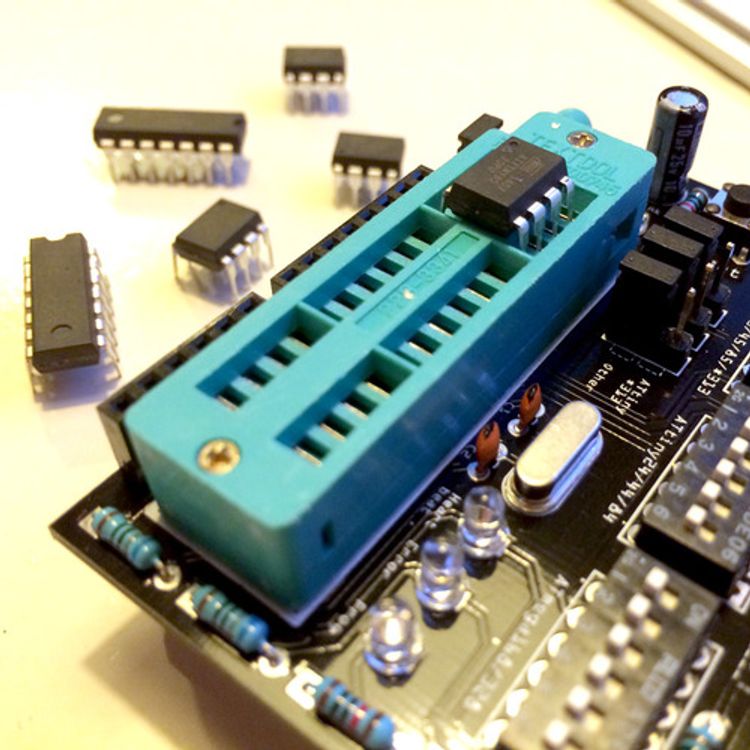
Although I’ve said there is no good reason to not use the above Nano clones as a dedicated microcontroller, it’s always fun to shrink stuff down. In a lot of cases you don’t need the power of an ATMega328 controller. In those cases, an ATTiny can be the perfect solution.
You can program these microcontrollers using an Arduino as ISP, but I like to solve these kinds of things more permanently. Additionally I love to assemble a PCB, and therefor the TinyLoadr Shield by Jeff Murchison is one of my most beloved nerd gadgets. I don’t use it very often, by when I do, I feel like a real Wozniak (Jeez, do I even need to link to his Wikipage?)
If you’re in to Arduino’s & Electronics, order one now. If only to support the great work done by Jess Murchison.
Order the TinyLoadr Shield on Tindie: Tindy Order some ATTiny’s on anywhere, for example: DigiKey
4. Adafruit’s 0.96” OLED
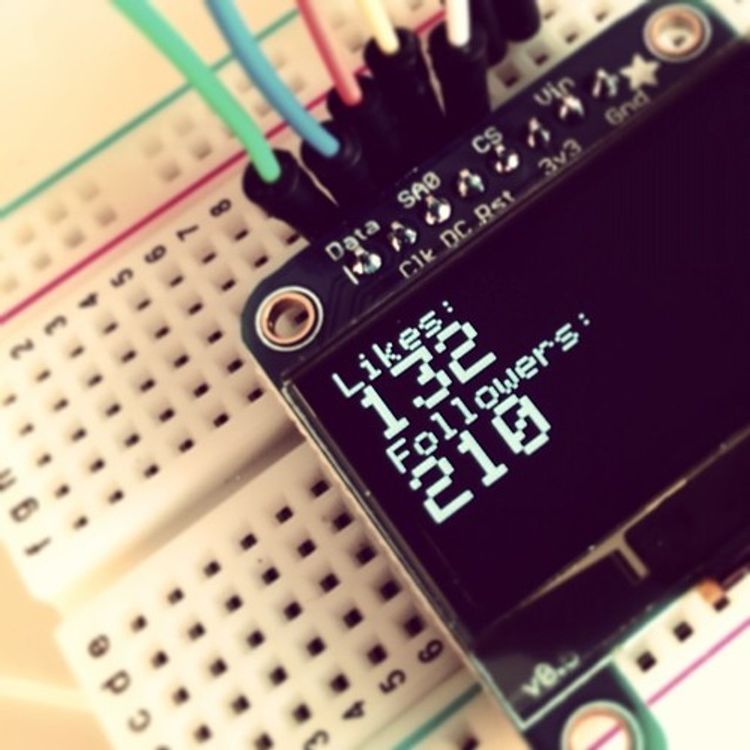
I already wrote a lot about this little beauty in my guide to build your own PONG game. So there is not much left to say, other than that I really love it! Especially with it’s I2C mode, connecting the OLED screen is a piece of electronical cake.
Connecting a screen to your project, can increase the result by … (*fill in some magic number here*) … ! It gives you direct feedback without the need of a serial connection, Together with some buttons, it allows you to built a (decent) user interface. And most important, It will make you look like a badass. (Or at least, that is how I feel about it).
The screen is provided with some header pins, allowing you to easily reuse it in various different projects. But to be honest, I’m still looking of a nice project to put it in permanently. (Something like my own thermostat … Be afraid, NEST!)
Read more about these babies, here: adafruit.com
5. The MSGEQ7
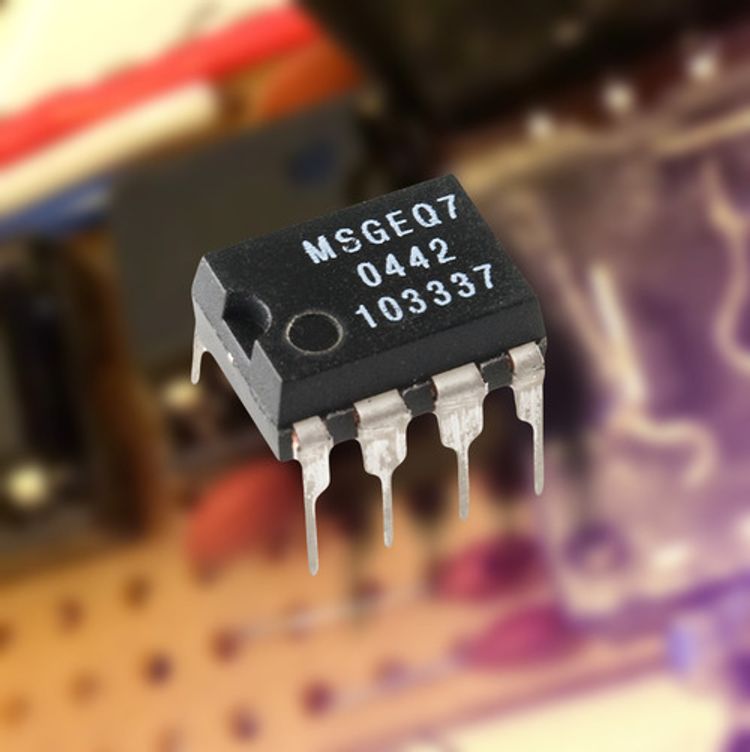
Combining the Neopixels and the Arduino’s with sound Awesome! And the MSGEQ7 is the one guy that will let you. Without a big bag of hurt, this little listener let’s you know all the details about the sound signal you need, to program your own responsive light show or sound activated peripherals.
You can use it as a bare 8 pins IC, together with some basic capacitors and a resistor. Or you can take the easy route and order the Sparkfun Spectrum Shield. Both resulting in nights of programming fun.
Make sure to check out my experiments with both the bare version, and the shield.
Order the MSGEQ7 at Sparkfun: sparkfun.com Or the the easy route with the shield: sparkfun.com
Share me your secret ingredients!
Now, my top 5 will probably change from time to time. But to help me discover new parts and bits, share your secret ingredients in the comments. It doesn’t matter how basic the component is, If it floats your boat, I want to know every detail about it!
Well, Michael, I'm particularly excited about the 220Ω resistor!
Note: Once again, none of the above suppliers - unfortunately - paid me to write this nice piece of prose. I just love their products. ;)
